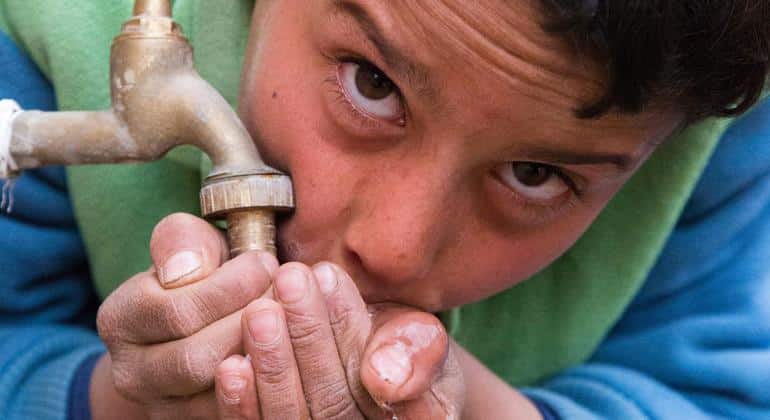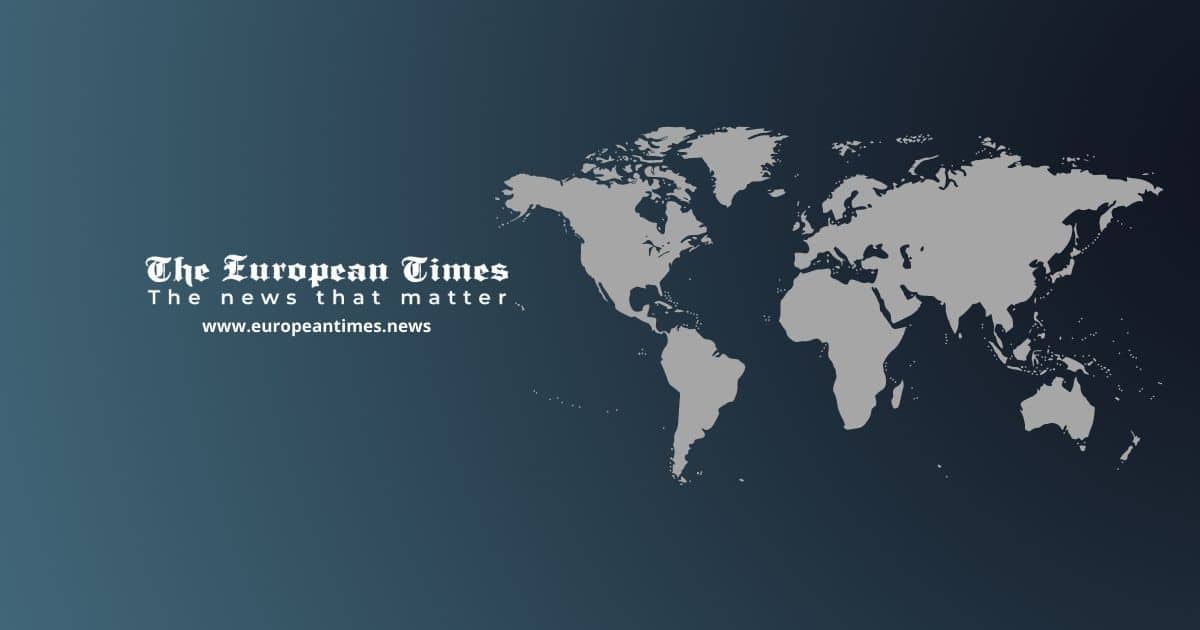Launched ahead of the UN 2023 Water Conference, the new edition of the UN World Water Development Report focuses on twin themes of partnerships and cooperation. Published by the UN Education, Scientific and Cultural Organization (UNESCO), the report highlights collaborative ways actors can work together to overcome common challenges.
NO MATTER HOW SMALL THE ACTION, YOU CAN HELP COMBAT THE WATER CRISIS! SAVE WATER BY:
🌿 NOT OVERWATERING YOUR PLANTS
🍎 BUYING LOCAL & SEASONAL FOOD
🛁 AVOIDING TAKING BATHS
AHEAD OF WEDNESDAY’S #WORLDWATERDAY, TELL US HOW YOU’RE TAKING #WATERACTION 👇HTTPS://T.CO/36SMS2KA2K PIC.TWITTER.COM/P3IKOSMXO3 — UNESCO 🏛️ #Education #Sciences #Culture 🇺🇳 (@UNESCO) March 20, 2023
“There is an urgent need to establish strong international mechanisms to prevent the global water crisis from spiralling out of control,” said UNESCO Director-General Audrey Azoulay. “Water is our common future, and it is essential to act together to share it equitably and manage it sustainably.”
Globally, two billion people do not have safe drinking water and 3.6 billion lack access to safely managed sanitation, the report found.
The global urban population facing water scarcity is projected to potentially double from 930 million in 2016 to between 1.7 and 2.4 billion people, in 2050.
The rising incidence of extreme and prolonged droughts is also stressing ecosystems, with dire consequences for both plant and animal species, the report said.
‘Global crisis’ looms
Richard Connor, the report’s editor-in-chief, told reporters at a press conference at UN Headquarters ahead of the launch that “uncertainties are increasing”.
“If we don’t address it, there definitely will be a global crisis,” he said, pointing to rising scarcity that reflects reduced availability and increased demand, from urban and industrial growth to agriculture, which alone consumes 70 per cent of the world’s supply.
Building partnerships and cooperation are key to realizing human rights to water and overcoming existing challenges, he said.
Explaining the landscape of such shortages, he said economic water scarcity is a big problem, where governments fail to provide safe access, such as in the middle of Africa, where water flows. Meanwhile, physical scarcity is worst in desert areas, including northern India and through the Middle East.
Answering reporters’ questions about possible “water wars” in the face of a global crisis, Mr. Connor said the essential natural resource “tends to lead to peace and cooperation rather than to conflict”.
Strengthening transboundary cooperation is the main tool to avoid conflict and escalating tensions, he said, noting that 153 countries share nearly 900 rivers, lakes and aquifer systems, and more than half having signed agreements.

Up and downstream
Detailing experiences – both good and bad – of partners’ efforts to collaborate, the report explains how accelerating progress on achieving related 2030 Agenda goals hinges on enhancing positive, meaningful cooperation among water, sanitation, and broader development communities.
Innovations during the outset of the COVID 19 pandemic saw partnerships form among health and wastewater authorities, who were together able to track the disease and provide critical real-time data, he said.
From city dwellers to small holder farmers, partnerships have produced mutually beneficial results. By investing in agricultural communities upstream, farmers can benefit in ways that help the downstream cities they feed, he said.
Running dry
States and stakeholders can cooperate in such areas as flood and pollution control, data sharing, and co-financing. From wastewater treatment systems to protecting wetlands, efforts contributing to reducing greenhouse gas emissions should “open the door to further collaboration and increase access to water funds”, he said.
“However, the water community is not tapping into those resources,” he said, expressing hope that the report and the conference can trigger productive discussions and on-the-ground results.
Johannes Cullmann, special scientific advisor to the president of the World Meteorological Organization (WMO), said “it’s a question of investing wisely”.
While water resources and how they are managed impact almost all aspects of sustainable development, including the 17 SDGs, he said current investments must be quadrupled to meet the annual estimated $600 billion to $1 trillion required to realize SDG 6, on water and sanitation.
“Cooperation is the heart of sustainable development, and water is an immensely powerful connector,” he said. “We should not negotiate water; we should deliberate on it.”
Water, after all, is a human right, he said.
Common good, not commodity
Indeed, water should be “managed as a common good, not a commodity”, a group of 18 UN independent experts and special rapporteurs said in a joint statement on Tuesday.
“Considering water as a commodity or a business opportunity will leave behind those that cannot access or afford the market prices,” they declared, adding that progress on SDG 6 can only happen effectively if communities and their human rights are at the centre of discussions.
“It is time to stop a technocratic approach to water and consider the ideas, knowledge and solutions of indigenous peoples and local communities who understand local aquatic ecosystems to ensure sustainability of the water agenda,” they said.
The commodification of water will “derail achievement of the SDGs and hamper efforts to solve the global water crisis”, the experts said.
Special rapporteurs are appointed by the UN Human Rights Council, are not UN staff, and operate independently.














